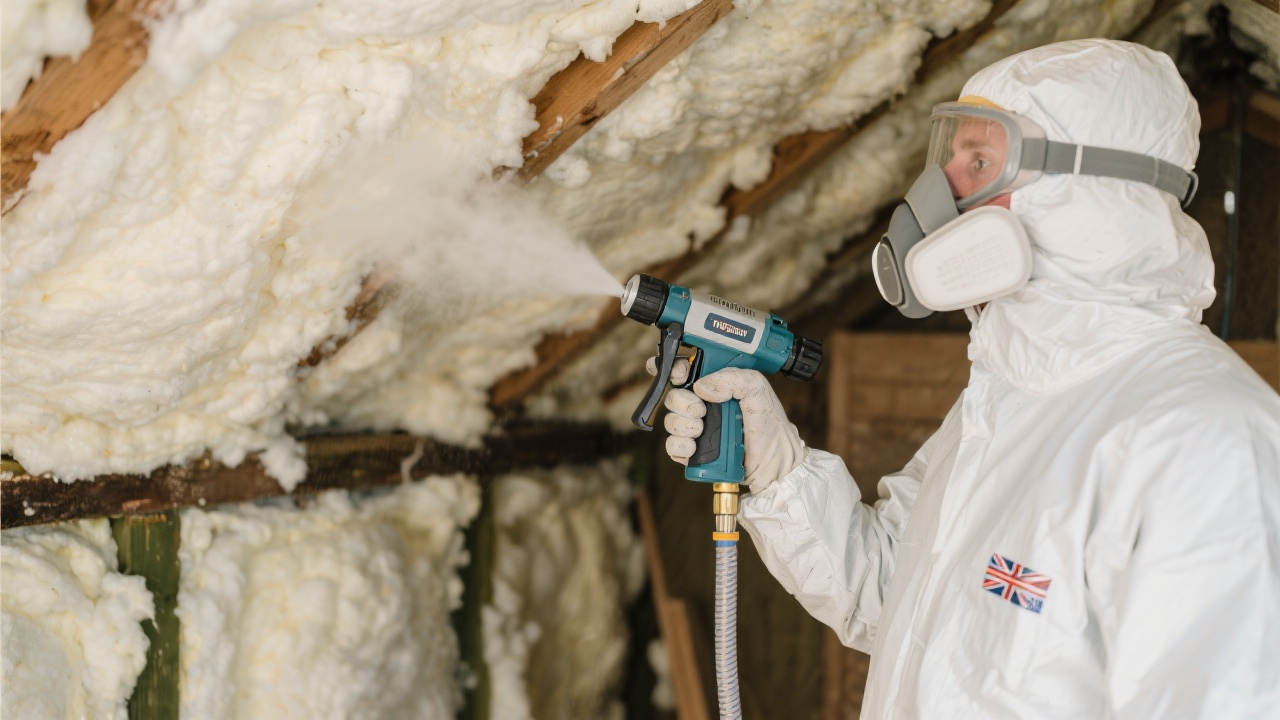Spray Foam Insulation vs Fibreglass: Which One Actually Works Better for Your UK Home?
If you’re thinking about upgrading your home’s insulation, you’ve probably run into a choice between spray foam insulation (also called spray polyurethane foam or SPF insulation) and traditional fibreglass. Which one will actually keep your house warmer, save you money, and last longer? Loads of families across the UK-from Birmingham to Beverley and down to Brighton and Hove-ask the same thing. Let’s walk through the facts so you can decide what’s right for your home, flat, or even your business premises.
What’s the Difference? Spray Foam vs Fibreglass Explained Simply
Spray foam insulation is a liquid that sprays onto surfaces, then expands into a thick foam. It’s brilliant for filling every little gap and even awkward corners. There are two main types-closed-cell and open-cell spray foam. More on that in a moment.
Fibreglass insulation is the fluffy, pinkish stuff you might have seen in old lofts. It usually comes as rolls or batts that you lay or tuck between joists. It’s been the standard choice in the UK for years, especially in places like Camden, Manchester, and Liverpool.
Here’s a quick comparison:
| Feature | Spray Foam | Fibreglass |
|---|---|---|
| Air-tight Seal | Yes | No |
| Moisture Resistance | Good (especially closed-cell) | Mediocre |
| Installation | Needs a pro | DIY possible |
| Longevity | 35+ years | Maybe 10-20 years |
| Spray Foam Insulation Cost | Higher upfront | Cheaper upfront |
Warmth, Energy Bills, and Comfort: Which Insulation Really Works?
This is where things get interesting. The benefits of spray foam insulation start with its ability to completely seal up every nook and cranny. That seal keeps heat where you want it-inside during the winter and outside during those occasional UK heatwaves. Fibreglass lets air sneak through small gaps, so you might still feel draughts or cold spots.
- Closed-cell spray foam has a top R-value (which is how insulation strength is measured) of about 6-7 per inch. That’s nearly double fibreglass, which sits at about 3-3.5 per inch.
- Open-cell spray foam is softer, with R-values closer to 3.5-4 per inch-still a bit better than fibreglass if installed right.
If you live somewhere chilly like Newcastle upon Tyne or Edinburgh, spray foam makes a noticeable difference. It can lower your heating bills by up to 30% compared to basic fibreglass. And you’ll notice the lack of chilly drafts, especially in older homes in places like Clifton, Jesmond, and Bridge of Don.
Spray Foam Insulation Cost: Is It Worth It?
This is the part where most people pause. The spray foam insulation cost is usually much higher than fibreglass at first. In the UK, expect to pay £40-£70 per square metre for spray foam, while fibreglass can cost as little as £6-£12 per metre.
The flip side? Spray foam lasts much longer and doesn’t slump, sag, or get damaged as easily by damp. Over 20 to 30 years, the savings on your energy bill (and not having to re-insulate) often make up the difference. If you’re in a place where energy costs are sky-high (hello, London and surrounding areas!), that’s worth considering.
- Big energy savings (especially in older homes)
- Helps with noise reduction-good if you’re by a busy road in Manchester, Sheffield, or Cardiff
- Closed-cell spray foam even helps strengthen your roof or walls
But: The cost can be a hurdle for some, and installing spray foam usually means bringing in a trained team. Fibreglass, while not as efficient, is still a solid option for those on a budget or anyone after a quick solution in places like Oadby, Hanley, or Leagrave.
Choosing What’s Right for You: Closed-Cell vs Open-Cell and Beyond
If you decide spray foam might be worth the cost, here’s a quick guide:
- Closed-cell spray foam: Denser, forms a water-resistant layer, gives the best insulation. Great for roofs, lofts, and areas with potential damp.
- Open-cell spray foam: Lighter and a bit less expensive, lets water vapour through. Suited to dry internal walls, basements, or odd corners.
- Fibreglass: Still works for most new-builds or renovations where cost is the main issue. Handy for a loft in places like Shirley or Holywood.
Want to learn more about how insulation works in similar towns? Or maybe you’re comparing options for a flat in Chelsea or a business in the West End? Check out our other guides for advice tailored to your area, whether you live in bustling central London or quieter corners like Mumbles or Pontcanna.
No matter which way you go, getting your home cosy and energy-smart is always worth a closer look. If you’re uncertain, give us a ring for local advice and a quote. Stay warm!
